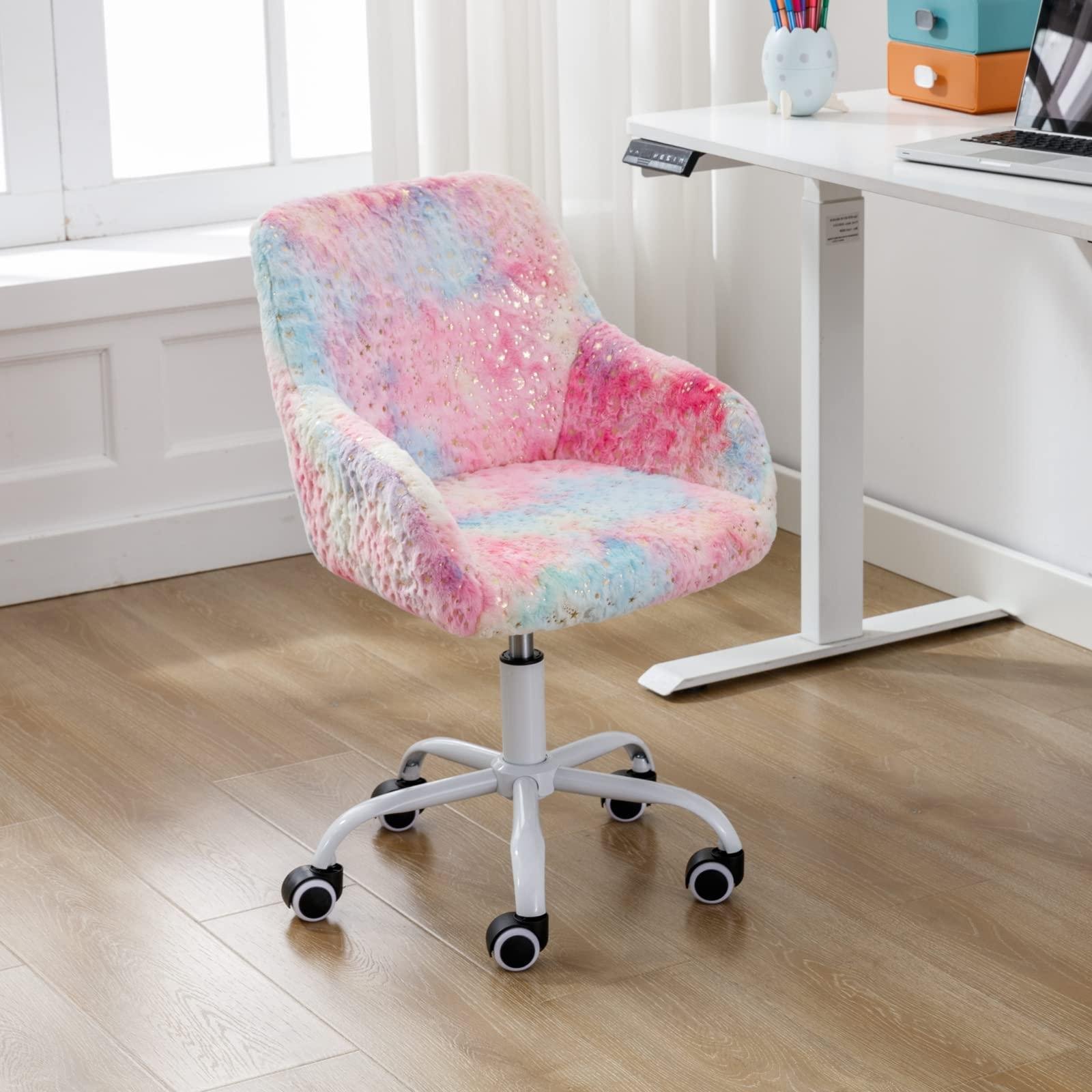-
Feed de Notícias
- EXPLORAR
-
Blogs
-
Eventos
The Importance of Ergonomic Kids Chairs

The significance of good posture and seating cannot be emphasized at a time when kids spend more and more time sitting down, whether for school, homework, or screen time at home. Children's needs are frequently disregarded, even though adult ergonomics has received a lot of attention. However, their developing bodies are more susceptible to long-term health problems, musculoskeletal pain, and postural strain. An ergonomic kids chair is not merely a luxury; it is a need that promotes physical health, improves focus, and establishes good sitting habits at a young age.
What Is an Ergonomic Kids Chair?
An ergonomic children's chair is a type of seating arrangement made especially to support a child's body structure and encourage a comfortable, neutral posture over long periods of time spent sitting. Ergonomic chairs, in contrast to regular chairs, have features that can be adjusted to fit children who are growing. The chair can "grow" with the child thanks to these features, which usually include footrests, lumbar support, seat height, and backrest angle. The main objective is to lessen the strain on the joints and muscles, particularly the hips, neck, and spine. When properly designed, an ergonomic chair promotes active sitting, reduces fidgeting, and aligns the spine in a natural S-shape, all of which improve concentration and productivity.
Why Ergonomics Matters for Children
Children are always growing and changing. During these early years, poor sitting posture can result in long-term problems like chronic back pain, repetitive strain injuries, and abnormalities of the spinal curvature. Children are more sedentary than ever before due to the growing popularity of digital learning and screen time. Even among young children, posture-related issues have increased as a result of this sedentary lifestyle and inappropriate seating. By encouraging mobility, good alignment, and muscle engagement, ergonomic chairs aid in the prevention of these problems. They also aid in the early development of healthy posture, which can lead to healthier adult lives.
Key Features of an Ideal Ergonomic Kids Chair
Selecting the ideal ergonomic children's chair requires being aware of a number of crucial characteristics that guarantee the chair satisfies needs for both comfort and functionality. Adjustability comes first. The chair's seat height should be able to be adjusted so that the child's knees are bent at a 90° angle and their feet are flat on the floor or a footrest. In addition to supporting the spine's natural curve, the backrest should ideally have lumbar support. Additionally, some models have tilt mechanisms that let kids take brief rests by leaning back a little, which lessens the strain on the spinal discs.
Learning and Concentration
Ergonomic children's chairs are essential for mental health and academic achievement in addition to physical health. Children are less distracted by physical discomfort when they are seated properly and comfortably. This improves their capacity for concentration, engagement, and information retention. Additionally, a chair that encourages natural movement and proper posture can lessen fatigue, particularly during extended homework assignments or online courses. Children who use ergonomic chairs exhibit less fidgeting and more attentive behavior during learning activities, according to observations made by both parents and teachers. Additionally, an ergonomically designed study space helps kids more readily shift into a focused mindset by sending a psychological signal that the space is meant for serious work.
Choosing the Right Ergonomic Chair
When selecting an ergonomic chair for your child, consider their age, height, and daily seating needs. For toddlers and preschoolers, safety and simplicity should be prioritized with stable bases and no sharp edges. For school-aged children, prioritize adjustability and support. Test the chair with your child if possible, ensuring they can sit with feet flat, knees at a 90°angle, and arms comfortably positioned on a desk. It’s also wise to pair the chair with a height-adjustable desk to maintain proper ergonomics throughout different growth stages.
Healthy Sitting Habits
An ergonomic chair must be a component of a comprehensive strategy for healthy sitting habits; it cannot guarantee proper posture on its own. During study time, a kids desk chair encourages better concentration and learning. Include quick exercises like yoga or balance-based activities that strengthen the core and increase spinal flexibility. Emphasize to them the value of sitting up straight, avoiding sagging or lying on their desks, and keeping screens at eye level. By incorporating posture awareness into their daily routine, they can develop lifelong habits that can help them avoid a variety of health problems in the future.
Conclusion
Including an ergonomic children's chair in your child's daily routine may seem like a minor adjustment, but it can have a significant impact on their comfort, health, and academic achievement. Purchasing furniture that is ergonomically designed becomes a crucial part of that support system as we become more aware of the significance of both physical and mental wellness in children's development. A good chair promotes self-assurance, focus, and long-term health in addition to offering a place to sit. Starting with an ergonomic chair is a wise and significant decision for parents who want to provide their kids with the best start possible.
For more articles, visit: https://castocus.com/






